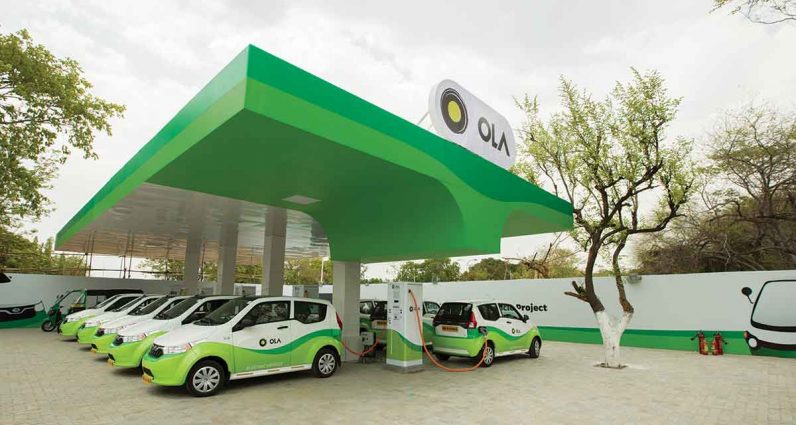According to sources and documents obtained from meetings, the authorities will order the companies to adopt to electric vehicles gradually: 2.5 percent by 2021, 5 percent by 2022, 10 percent by 2023, and 40 percent by 2024. What’s more, the government might introduce a rule that all vehicles sold for commercial purposes after April 2026 should be electric. The rule will also apply to new motorcycles and scooters used by eCommerce companies from April 2023. Last month, Food delivery startup Zomato partnered with eBikeGo – an electric bike rental and delivery platform – to increase the number of electric vehicles in its fleet. This might be a huge boon to a bunch of companies making electric scooters and motorbikes, like Ather Energy, Hero Electric, and Tork Motorcycles. However, for better electric car adoption, India will need more manufacturers than just Mahindra & Mahindra and Tata Motors to get involved. In April 2016, Elon Musk opened up pre-orders for the Telsa 3 in India, but, as of writing, there’s no word on when the car will be available in the country. Indian rideshare company Ola shutdown its electric vehicle test program in Nagpur in 2018 – a single year after it started. However, it has raised more than $300 million to keep its electric venture alive with a mission to put a million EVs on Indian roads by 2022. We’ve asked both Ola and Uber for a comment, and we’ll update the story accordingly. It’s quite possible that India’s push for electric vehicles is to fulfill promises it made in the 2015 Paris climate change treaty. We’ll have to wait for the official word to see how this policy shapes up.
